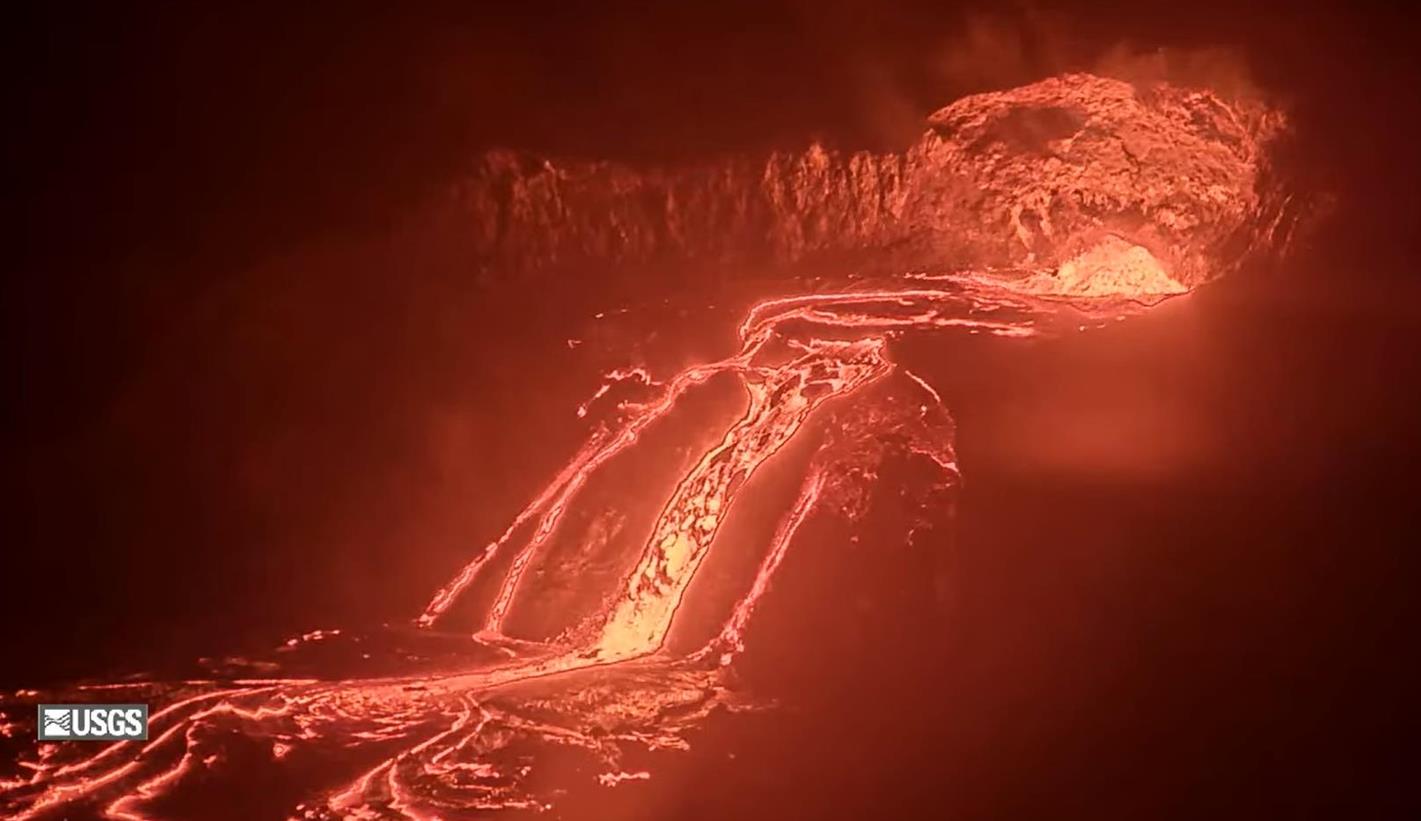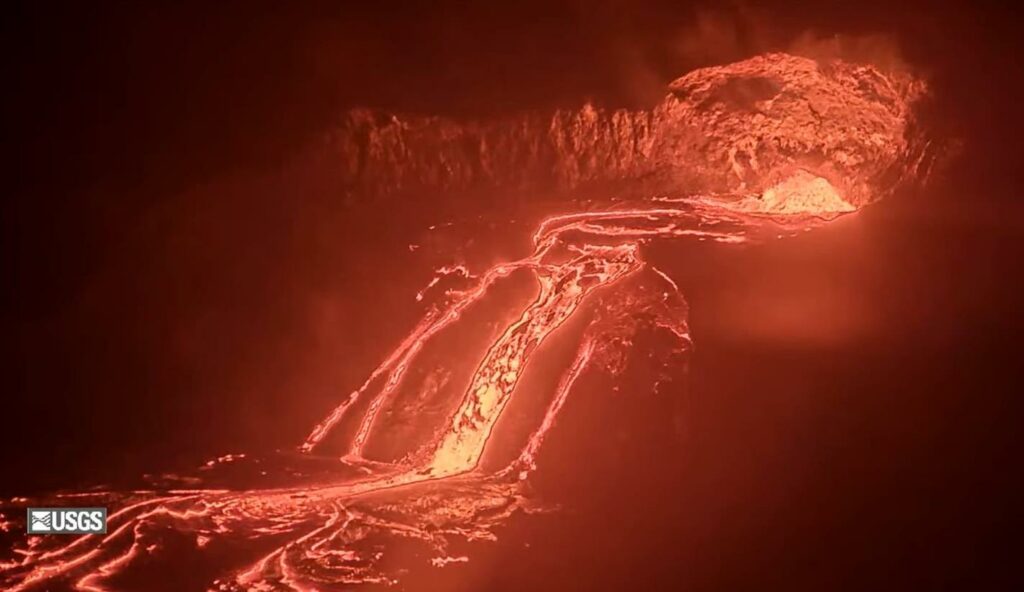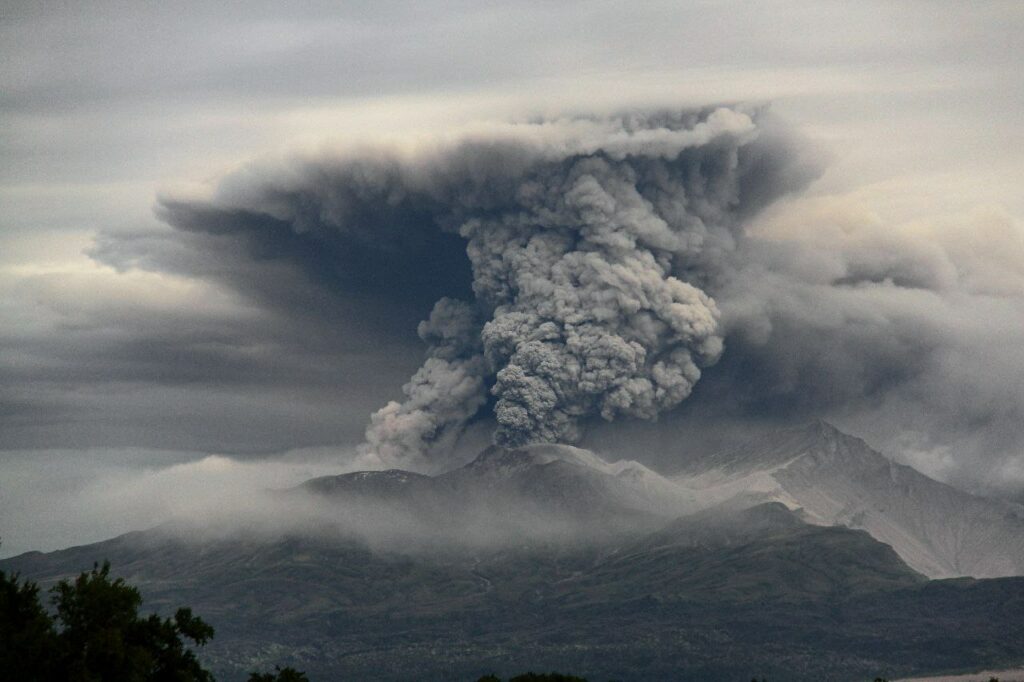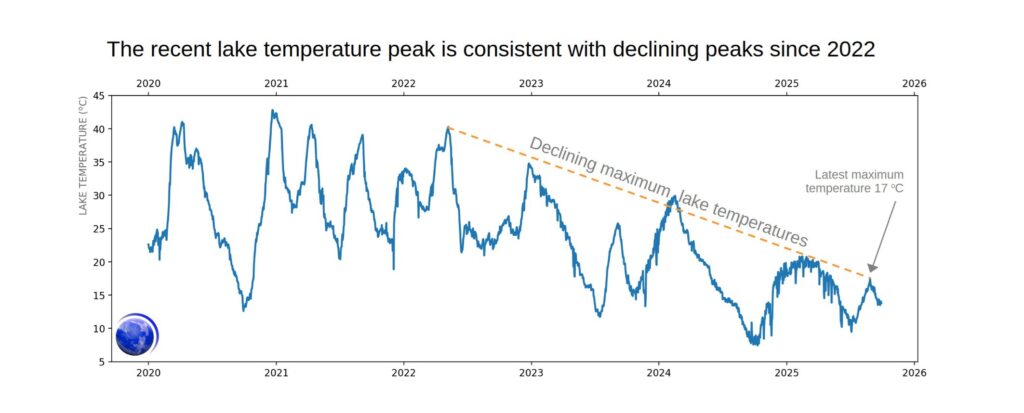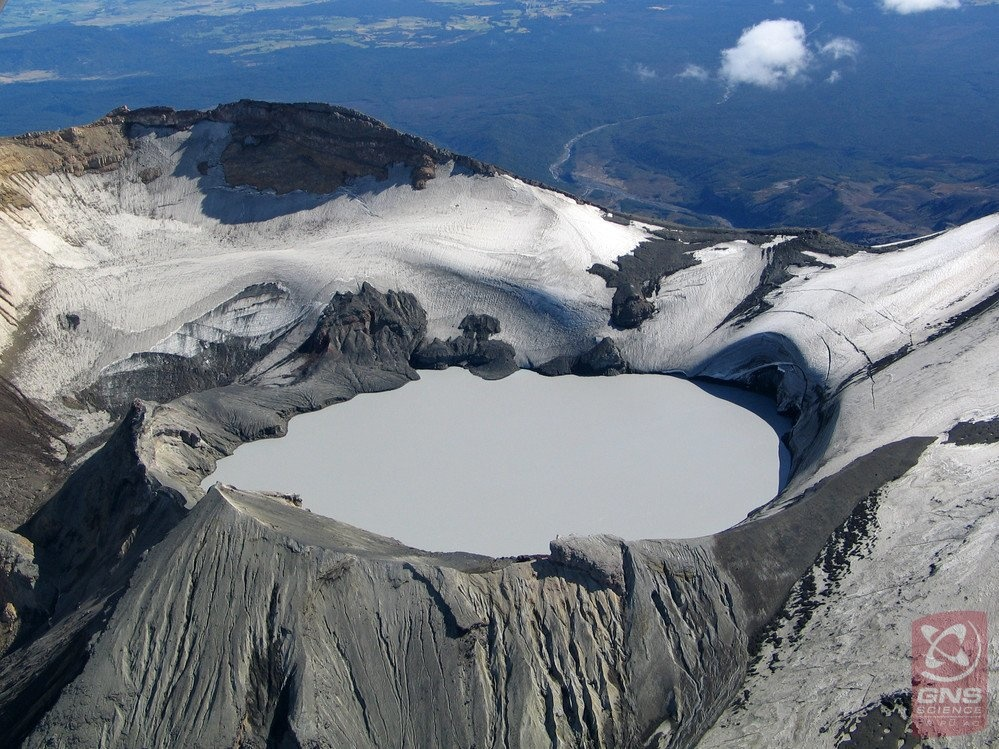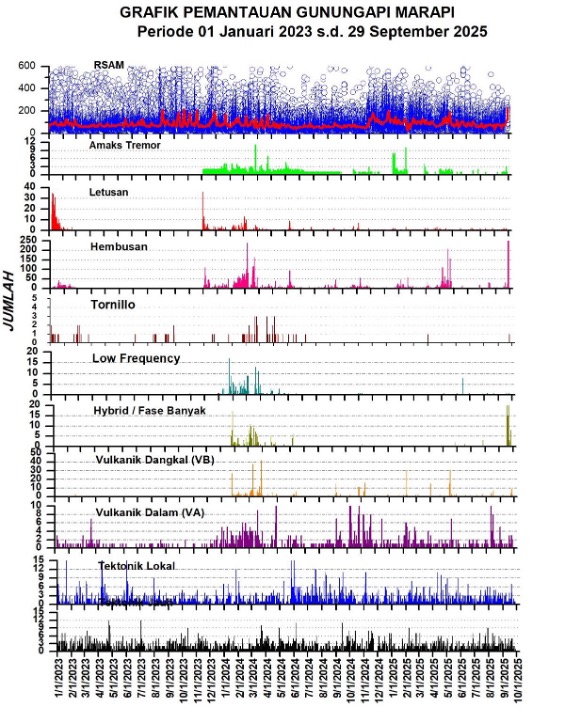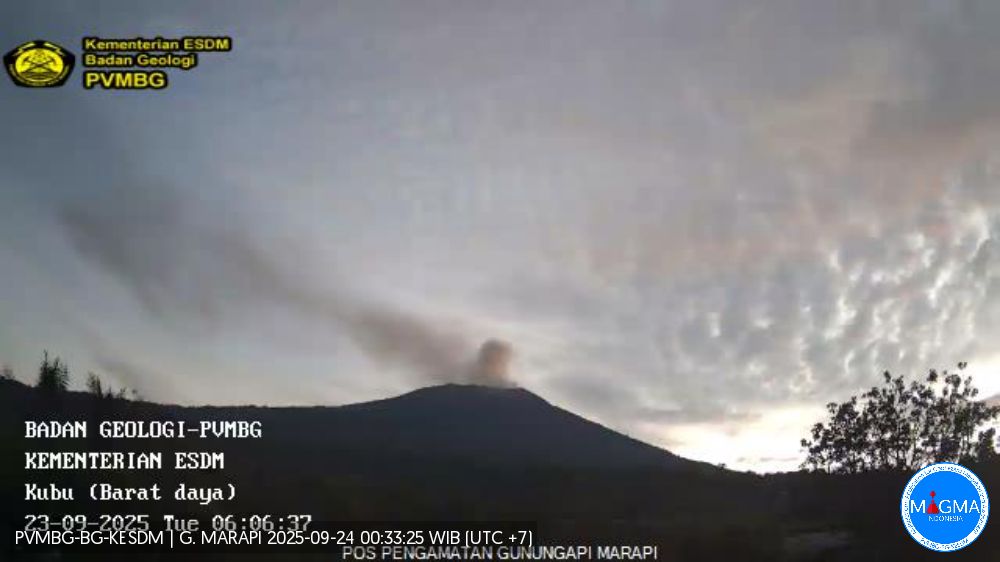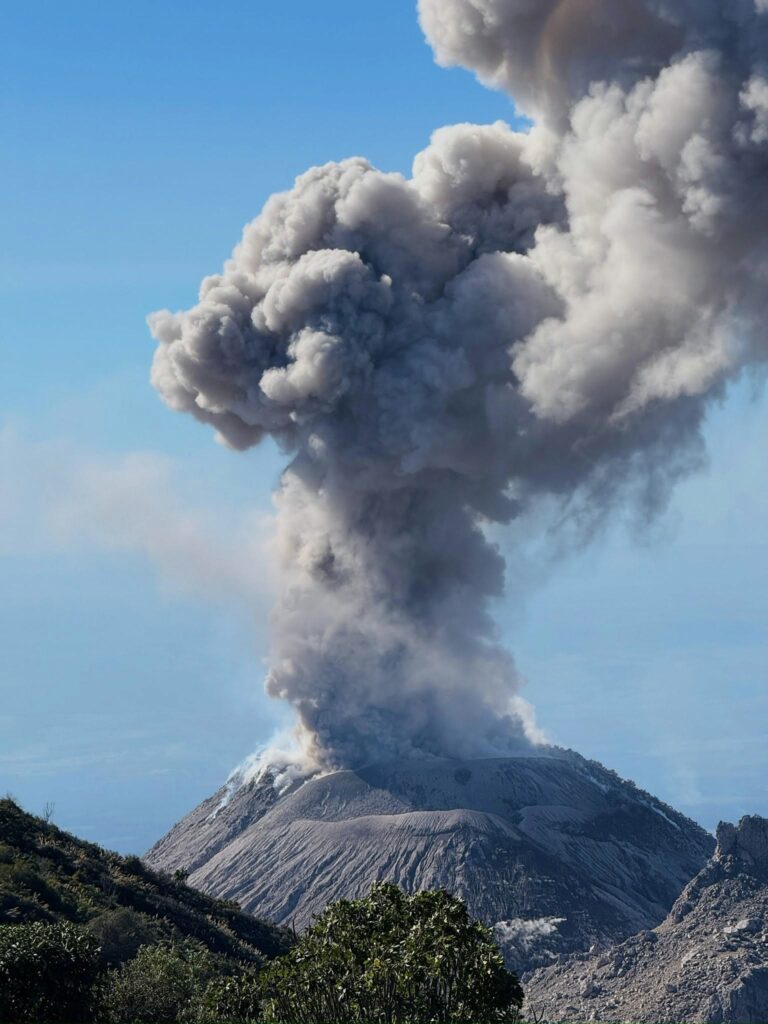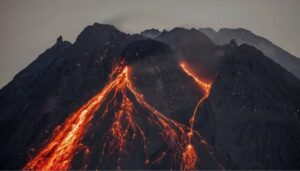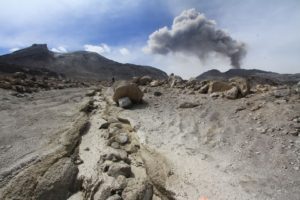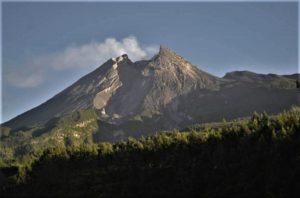September 30 , 2025.
Hawaii , Kilauea :
HAWAIIAN VOLCANO OBSERVATORY DAILY UPDATE , U.S. Geological Survey
Monday, September 29, 2025, 8:25 AM HST (Monday, September 29, 2025, 18:25 UTC)
19°25’16 » N 155°17’13 » W,
Summit Elevation 4091 ft (1247 m)
Current Volcano Alert Level: WATCH
Current Aviation Color Code: ORANGE
Activity Summary:
Episode 33 lava fountaining ended on September 19. Glow from both north and south vents was observed overnight, with nine overflows from the north vent. The summit is reinflating, and models indicate that episode 34 is most likely to start today or tomorrow (September 29 or 30) with small chance of October 1. No significant activity has been noted along Kīlauea’s East Rift Zone or Southwest Rift Zone.
Summit Observations:
Episode 33 lava fountaining ended at 12:08 p.m. HST on Friday, September 19. The UWD tiltmeter shows that the summit has been reinflating since the end of the fountaining episode, with 16 microradians of inflationary tilt. Overnight, HVO webcams showed persistent glow from north vent punctuated by 9 gas piston cycles of overflow and drainback at 9:47 p.m., 2:15 a.m., 4:16 a.m., 5:12 a.m., 6:18 a.m., 6:32 a.m., 7:00 a.m., 7:40 a.m., and 8:14 a.m., each lasting 5-10 minutes. There was intermittent strong glow from south vent. This morning, the caldera is quiet with a passive outgassing plume rising from the vents.
Elevated degassing continues from the vent. Average sulfur dioxide (SO2) emission rates during pauses are typically 1,200 to 1,500 t/d, though emission rates can vary on short time scales. Wind at Sand Hill, just south of Halemaʻumaʻu are blowing from the northeast direction, which suggests that volcanic gas emissions and volcanic material may be distributed southwest across the Ka’u desert within Hawaiʻi Volcanoes National Park.
Source et photo : USGS / HVO.
Kamchatka , Sheveluch :
VOLCANO OBSERVATORY NOTICE FOR AVIATION (VONA)
Issued: September 30 , 2025
Volcano: Sheveluch (CAVW #300270)
Current aviation colour code: ORANGE
Previous aviation colour code: orange
Source: KVERT
Notice Number: 2025-97
Volcano Location: N 56 deg 38 min E 161 deg 18 min
Area: Kamchatka, Russia
Summit Elevation: 3283 m (10768.24 ft), the dome elevation ~2500 m (8200 ft)
Volcanic Activity Summary:
The explosive-extrusive eruption of the Young Sheveluch volcano continues. According to satellite data by KVERT, explosions sent ash up to 3.5-3.7 km a.s.l., and at now the edge of the cloud 75×14 km in size is located at a distance of 133 km to the southeast of the volcano.
An extrusive-effusive eruption of the volcano continues. The danger of ash explosions up to 10 km (32,800 ft) a.s.l. remains. Ongoing activity could affect international and low-flying aircraft.
Volcanic cloud height:
3500-3700 m (11480-12136 ft) AMSL Time and method of ash plume/cloud height determination: 20250929/2115Z – Himawari-9 14m15
Other volcanic cloud information:
Distance of ash plume/cloud of the volcano: 133 km (83 mi)
Direction of drift of ash plume/cloud of the volcano: ESE / azimuth 106 deg
Time and method of ash plume/cloud determination: 20250929/2320Z – Himawari-9 14m15
Source : Kvert.
Photo : Viktor Frolov ( Archive).
New Zealand , Ruapehu :
Te Wai ā-moe (Ruapehu Crater Lake) is now cooling. The Volcanic Alert Level remains at 1.
Published: Tue Sep 30 2025 10:30 AM
After a short period of heating, Te Wai ā-moe (Ruapehu Crater Lake) is now cooling. The lake temperature peaked at 17 °C in late-August and has been cooling since. The lake temperature is now 13 °C. The Volcanic Alert Level remains at 1 and the Aviation Colour Code at Green.
The traditional behaviour for the Crater Lake is to have two or three heating and cooling episodes in any consecutive 12-month period. The lake temperature typically peaks at 30-40 °C and cools to 10-15 °C. Since the lake reached 41 °C in May 2022, there have been five further temperature peaks, with all but one reaching a lower temperature than the previous one, an overall decreasing trend of maximum temperatures.
The last heating cycle started from 10 °C in early-July and only reached a peak of 17 °C in late-August, before starting to decline. The current lake temperature is now 13 °C.
Te Wai ā-moe (Ruapehu Crater Lake) has recently changed from heating to cooling. Since 2022, the long-term trend is an overall cooling. Daily mean temperature data collected by a monitoring station at the lake.
Although the trend over the last three years is lake is cooling, we continue to measure substantial volumes of volcanic gas emitted from the active vent under the lake. This indicates there is an open pathway from the source of the gas (magma deeper in the volcano) to the lake. This allows gas to escape and prevents substantial pressure buildup beneath the lake.
We infer that over the last three years, the pulses of gas and heat that enter the lake and cause the temperature to rise have been getting shorter and/or smaller volume, causing the heat to run out before the temperature reached 30-40 °C, which was commonly reached until 2022.
With the lake now cooling, less steam and hot gas will be entering from vents at the bottom, and this will disturb less sediment. The colour of the lake will likely change from grey to a blue-green colour as sediment in suspension starts to settle. Minor upwellings of hot water will still be present at the lake surface, as will be yellow sulphur slicks.
Other monitoring data – earthquakes, volcanic tremor, volcano gas output, and lake chemistry are all within typical ranges, and nothing unusual has been observed. Therefore, Ruapehu continues to exhibit typical low levels of activity consistent with minor volcanic unrest. The Volcanic Alert Level remains at 1 and the Aviation Colour Code remains Green.
Source : Geonet / Steve Sherburn / Earth Sciences NZ Duty Volcanologist .
Photos : Geonet , Bradd Scott.
Indonesia , Marapi :
INCREASE IN SEISMICITY AT MARAPI VOLCANO, WEST SUMATRA, SEPTEMBER 29, 2025
Marapi Volcano (2,891 meters above sea level) is located in the province of West Sumatra. Its activity is monitored visually and instrumentally. Mount Marapi’s activity level has been at Level II (WASPADA) since December 1, 2024.
The series of eruptions at Mount Marapi since December 3, 2023, has continued intermittently, with a fluctuating downward trend. Over the past two days (September 27 and 28, 2025), an increase in eruptive activity has been observed, illustrated by a very significant increase in earthquakes (attached graph).
However, eruptive activity continues, but without intensifying. The intense eruptive activity of the last two days represents a release of fluid pressure accumulated within the volcano. This fluid influx is reflected in the intense non-harmonic tremors recorded since at least early September 2025. Similarly, volcanic earthquakes (shallow and deep) continue to fluctuate. Therefore, the volcanic environment remains unstable, particularly in the last two days, as evidenced by a significant decrease in seismic velocity and coherence variations. Vigilance is therefore required, as eruptions, as a form of energy release, may still occur in the future.
The Volcanology and Geological Hazard Mitigation Center (PVMBG) of the Bandung Geological Agency has maintained the activity level of Mount Marapi at Level II (WASPADA). The main recommendation is that surrounding communities, climbers, visitors, and tourists refrain from entering or carrying out activities within a 3-km radius of the activity center (Verbeek Crater).
Source et photos : PVMBG.
Guatemala , Santiaguito :
Atmospheric Conditions: Clear
Wind: Northeast
Precipitation: 47.8 mm
Activity
Activity is being recorded at the Caliente dome of the Santa María-Santiaguito volcanic complex, with white outgassing reaching up to 500 m above the crater and dispersing west and southwest. One or two weak to moderate explosions are observed per hour, generating columns of gas and ash that rise up to 3,500 meters above sea level. These columns move west and southwest, causing ashfall on surrounding farms and communities. During the night and early morning, incandescence is observed in the crater, as well as the collapse of incandescent volcanic material towards the flanks.
Due to the high activity, the generation of long-distance pyroclastic flows in various directions cannot be ruled out; therefore, it is recommended to follow Special Bulletin BESAN-063-2025. In addition, lahars could descend into the volcano’s various channels in the afternoon and evening, so it is recommended to avoid approaching their channels and follow the recommendations of Special Bulletin BESAN-012-2025.
Source : Insivumeh .
Photo : ELEVA ixcan / FB .

